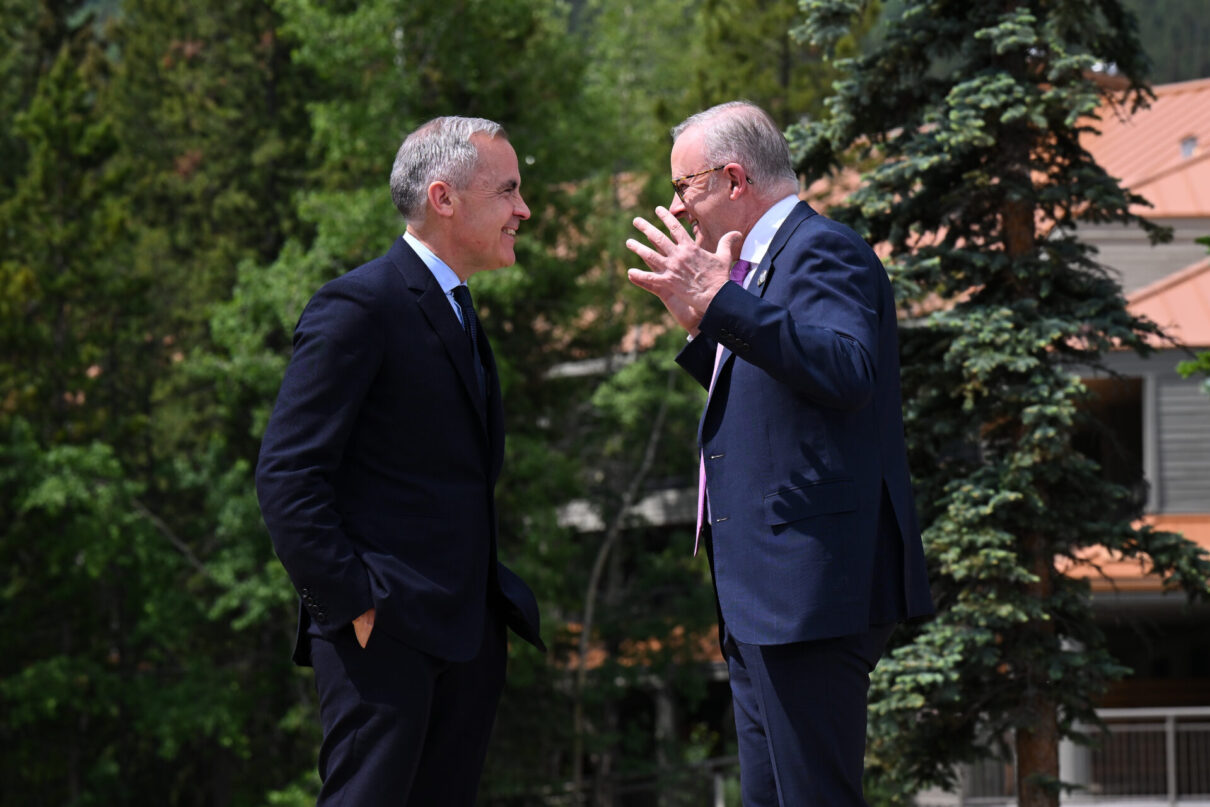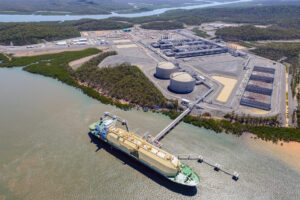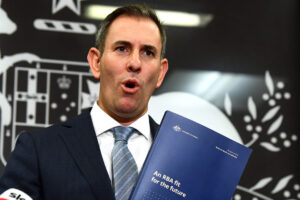For decades, the populous eastern states of Australia had an abundant supply of low-cost gas.
That all changed in 2015 when a few corporations started exporting vast amounts of liquefied natural gas, exposing Australians to high global gas prices. The result was a tripling of wholesale gas prices in the country, and a huge transfer of wealth from Australian households and businesses to the handful of gas corporations to which we had given control of our resources.
The gas corporations convinced our governments that if they were allowed to develop the vast onshore reserves in the state of Queensland for export, we would experience enormous economic benefits, while gas prices would remain low.
None of it was true. Instead, large areas of our beautiful country have been transformed into industrial gas fields and we now have expensive gas, rolling gas shortage fears and few economic benefits.
It appears Canada may be making the same mistake.
Prior to 2015, the wholesale price of gas in the country was under $4 a gigajoule (all figures in Australian dollars unless otherwise noted). Gas producers couldn’t ramp up prices because of the laws of supply and demand; we had an ample supply of low-cost gas for the limited domestic market.
But the opening of gas export terminals meant the Australian market was now a small part of the huge global market, where gas prices were three times higher than at home. Gas exporters were able to force Australians to compete with Asian customers who were prepared to pay much more than the long-term price in Australia.
Not only that, these projects were approved on the basis that producers would only ship out gas from onshore fields developed specifically for export. However, the liquefied natural gas producers overestimated, or perhaps overstated, their export reserves. They began exporting domestic gas as well, further tightening at-home supply, driving up prices and risking, or arguably engineering, potential domestic shortages.
Because producers target gas that is easier to extract at a cheaper price, they have exhausted vast quantities of Australia’s lower-cost gas – they export the equivalent of two years’ worth of our total domestic gas consumption every year, leaving Australians with the remaining, more expensive gas.
The tripling of wholesale gas prices to more than $12 a gigajoule happened within a few years of the country venturing into LNG exports, something Canada has just begun to do. Then, during the 2022 global energy crisis, our exposure to global gas prices, as a result of LNG exports, led Australian gas prices to triple a second time to around $50 a gigajoule. LNG producers exported large volumes of uncontracted gas to the global spot market, while throttling supply to the domestic market.
This has devastated gas-dependent manufacturing businesses and driven up both gas and electricity prices for households, while LNG exporters made enormous windfall profits.
Gas prices have also risen in the United States – the world’s largest exporter of LNG – where U.S. households paid 52 per cent more for natural gas between 2016 and 2023, as LNG exports surged, according to data from the U.S. Energy Information Administration. In fact, residential gas prices reached their highest level in states such as West Virginia and Ohio, where gas is produced.
In Canada, Alberta and B.C. produce 98 per cent of Canada’s natural gas. Natural gas accounts for 41 per cent of Canada’s total energy supply, with two-thirds of Canadians using it in 7.6 million end-use locations across the country. British Columbians, for example, have been paying approximately C$2 per gigajoule for domestically-produced gas.
LNG exports exposed Australians to high global gas prices, allowed gas producers to price gouge us for our own gas, and have drained us of our low-cost gas reserves. As Canadian LNG reaches international markets, I fear people in Canada will start paying world market prices to buy gas for manufacturing, heating and cooking – just like we do in Australia.
The Australian example provides another warning. Gas price increases as a result of LNG exports have also driven up electricity prices within the country. In 2022, the global gas price shock led to sharp increases in the cost of gas-fired electricity generation, which was a major factor in the unprecedented suspension of the National Electricity Market.
In Canada’s case, to the extent that LNG is powered by electricity rather than gas, the venture will require an enormous new capacity of electricity generation – and someone will have to pay to build it. Australia’s experience suggests it is unlikely to be the LNG industry that pays.
Canadians should be aware of how they, too, will be affected by LNG exports. Don’t make the same mistake Australia did.
Between the Lines Newsletter
The biggest stories and the best analysis from the team at the Australia Institute, delivered to your inbox every fortnight.
You might also like
Gas in Western Australia
Is WA heading for a gas shortage? Hardly! In fact, if Western Australia were a country, it would be the world’s third largest exporter of liquefied natural gas (LNG) after the USA and Qatar.
Gas companies in Queensland still not paying tax
New analysis by The Australia Institute reveals that ten years after gas exports from Queensland began, most of the companies involved have never paid a cent in company tax.
Another hold likely. So, what was the point of the RBA review?
Will the RBA cut interest rates tomorrow? Probably not. It’s Groundhog Day and they’re locked into repeatedly making to same mistake over and over again. A mistake that the recent RBA review criticised them for making just before the pandemic.



